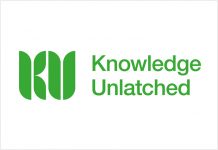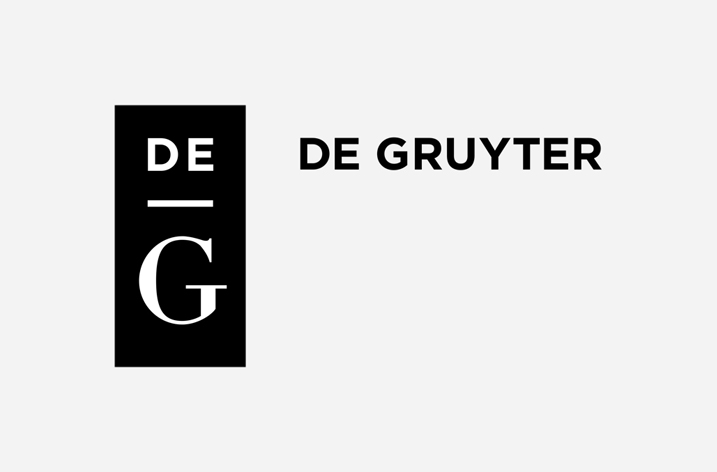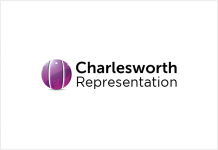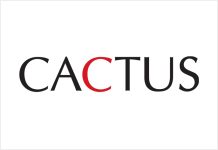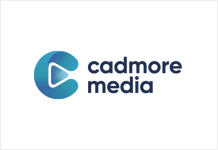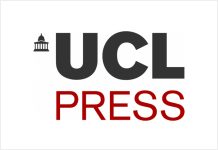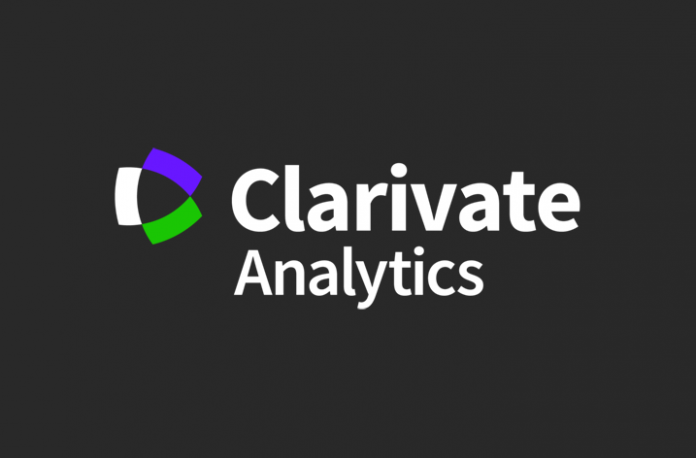
Clarivate Plc, a global leader in providing trusted information and insights to accelerate the pace of innovation, today released a new interactive tool that showcases the range of a researcher’s publication and citation impact in a single visualization. The Web of Science™ Author Impact Beamplots will enable users of research metrics to engage more actively with data and provide new opportunities to conduct research assessment in a responsible manner.
Unlike single-point metrics, a beamplot reveals the volume and citation impact of an individual’s publication portfolio through time and provides context for comparison with a broad range of data. The information provided should be considered alongside contextual information such as working location, role, nature of collaborative projects and type of research involved. Each paper’s citation count is normalized (i.e., benchmarked against other similar publications) and measured as a percentile and therefore avoids some of the bias present in other researcher metrics.
Lutz Bornmann and Werner Marx of the Max Planck Society first introduced and developed the use of beamplots for scientometric data in 2014 and Clarivate has continued to emphasize the importance of profiles over metrics[1], which draws attention to the information that is lost when data about researchers and their institutions are squeezed into simplified metrics.
Lutz Bornmann, sociologist of science at the Max Planck Society said: “Beamplots combine more information than the popular h-index output and impact data (of single scientists) by showing the data for single papers and in aggregate form. I look forward to seeing how beamplots facilitate more successful research evaluation.”
Martin Szomszor, Director at the Institute for Scientific Information (ISI)™ said: “Individual researcher evaluation can be done in a responsible manner when appropriate quantitative and qualitative indicators are considered together. Presenting the data in this way allows deeper insights into an individual’s publication portfolio.”
Joel Haspel, SVP Strategy, Science at Clarivate said: “Everything we do at Clarivate centers around improving the researcher experience and supporting the integrity of the research community. This alternative evaluation tool will enable researchers, universities and funders to step away from oversimplified, problematic metrics and towards a more responsible and successful approach to research evaluation, to offer a fairer and more accurate assessment system for all.”







